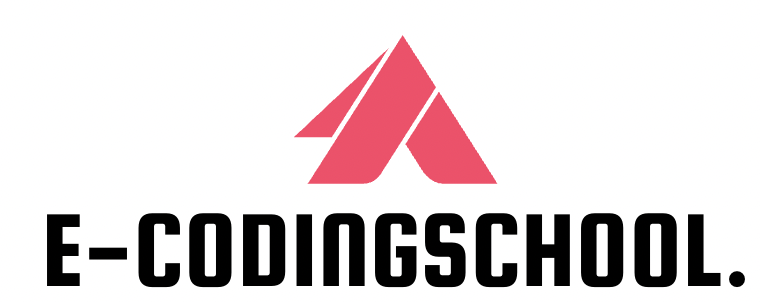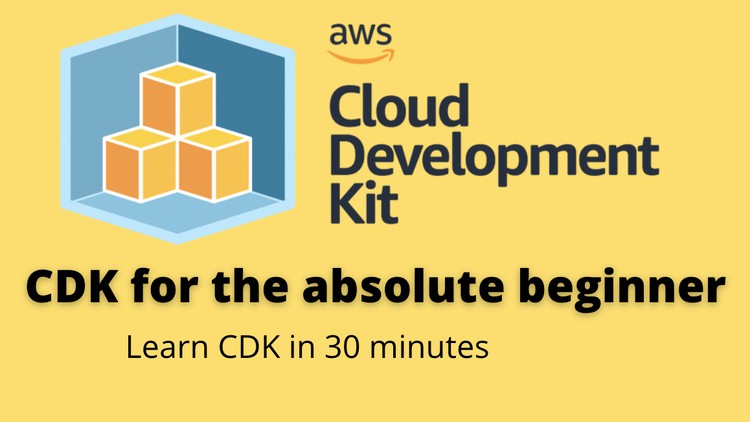What you’ll learn
Full Stack Development With Spring Boot and AWS-RDS + Heroku Course
-
Full Stack Development with Spring Boot and MySQL
-
Heroku Deployment via GitHub
-
Amazon RDS Creation
Requirements
-
Basic java knowledge
Description
we will talk about how we will go on in this course.
Also, we talk about the project structure that will be implemented in this course.
We will create a new project in this course.
And we will implement this project using Spring Boot and MySQL. Then we will deploy to Heroku or we can say that we will serve it from Heroku.
In our project, we will implement CRUD operations. And these CRUD operations will be requested from Postman.
Then these requests will be handled from Spring Boot.
Our project will be a simple user management system.
Our main operations will be to save users and list users.
We will have three main components to implement our project.
These are server-side, client-side, and infrastructure.
In Server Side:
Spring Boot will be the main thing.
Model View Controller structure will be implemented using Spring Boot.
Our MVC structure will work like that:
First of all, the entity classes will be created under the model package.
Later, if the model class is permanent, we will create a repository for it.
Then we will call the repository from services.
Finally, we will call services from controllers.
In Spring Boot, Data will be presented to the client as an API call so Spring Rest Controller will be used to handle it.We will use MySQL as a Database and we will use it on localhost and cloud. On the cloud, we will create it via amazon web services. So we will also examine amazon RDS in this course.
We will also use Object Relational Mapping with Java Persistence API and Hibernate.
You know, We can map our database tables to objects with hibernate.
We will use JPA Repository and Crudrepository in Spring Boot.
So these repository templates will handle common database operations like save, update, find, delete.
With Spring Boot, we will also use the Lombok library for clean code.
You know that we don’t want to implement getter, setter, equals, and hashcode. So we can escape it using Lombok @Data or @Value annotation.
We will use Gradle To handle all dependencies on the server-side.
That’s all about the Server side.
Let’s talk about the Client Side.
We will create endpoints with Spring boot.
And on the Client Side, we will test these endpoints with Postman.
With Postman, we can handle Authorization and basic HTTP methods.
Finally, we will deploy our project to Heroku via the Github repository. Then we will serve our project.
Who this course is for:
- All developers curious about full-stack development
- Last updated 1/2021




There are no reviews yet.